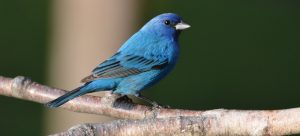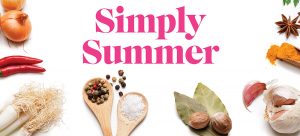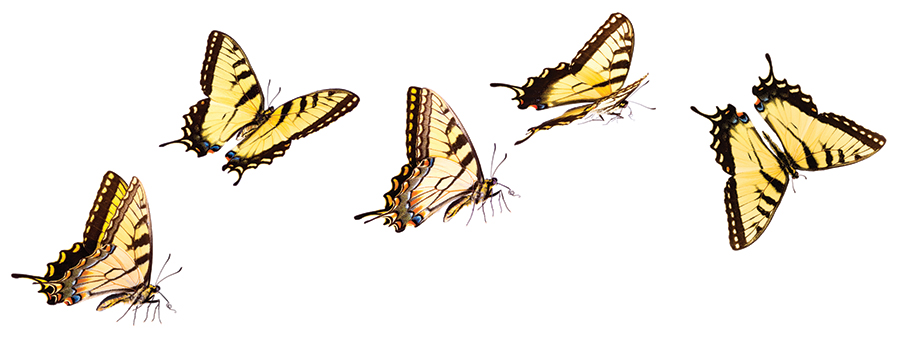
By Ash Alder
June is the ink that flows from the poet’s pen — sweet as gardenia and ephemeral as a dream; the fountain of everlasting passion.
If ever you have read the love letters from John Keats to Fanny Brawne, the girl next door who was to Keats “so fair a form” he yearned for finer language, then you can understand.
“I want a brighter word than bright, a fairer word than fair,” Keats wrote his dearest girl one long-ago summer morning. And then, the famous line:
“I almost wish we were butterflies and lived but three summer days — three such days with you I could fill with more delight than fifty common years could ever contain.”
Imagine landing love-drunk in the thick of glorious June:
The ecstasy of a world bursting forth with fragrant blossoms.
The sweet nectar of each inhalation.
The utter intoxication of existence.
June is a medley of aliveness — brighter than bright, fairer than fair, and butterflies in all directions.
Be still in the June garden, where love letters between hummingbird and trumpet creeper flow like honey, and you will learn the language of the heart.
June is the poet and the muse. Keats and Fanny.
Butterfly and bloom.
Suppose you lived but three June days as rose, coneflower, poppy or phlox.
What you might receive as the giver of such resplendence . . . the true delight of life.
Green was the silence, wet was the light, the month of June trembled like a butterfly.
— Pablo Neruda
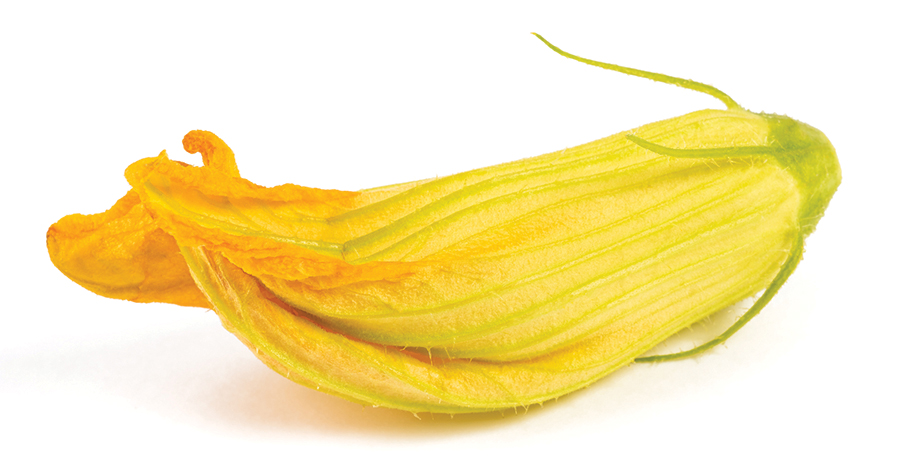
Pick (and Fry) You Some
Something about edible flowers feels both deliciously wild and, well, just plain fancy. And since that bumper crop of zucchini comes with a holy explosion of yellow flowers, it seems fried squash blossoms are what’s for dinner — or at least the first course.
If you’re a squash blossom newbie, here’s one thing to keep in mind: There are he-blossoms and she-blossoms. The male blossoms, which grow on long stalks, don’t produce fruit; they pollinate. Female blossoms grow closer to the center of the plant; you’ll spot them by their bulbous stems (they’re sitting on fruit). Leave them to grow. Pick the male blossoms but leave enough so that the harvest may continue.
Another tip with the blossoms: Pick ’em the day you want to fry ’em. Check the petals for bugs and bees before removing the stamen or — if you picked a she-blossom — pistils. Wash, dry, and sauté or fry. Or if you want to take your summer dish to the next level, Google stuffed squash blossom recipes and see what happens next.
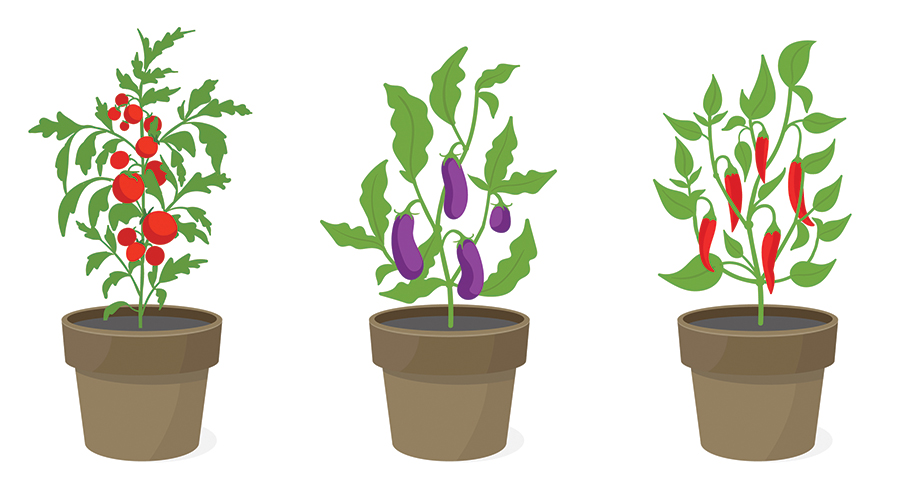
The Victory Garden
Among the positive effects of stay-at-home orders, at least in this neck of the woods, is that more people are growing their own food (see page 21). Raised beds built from scrap wood and old pallets in late March are now turning out sweet peppers and pea pods, zucchini and summer squash, green beans, cukes, melons, eggplant, you-name-it.
Haven’t started your own kitchen garden? It’s not too late. This month, sow bush, pole and lima beans; plant cukes, corn, okra, eggplant, peppers, basil and — your sandwiches and neighbors will thank you — tomatoes. Start Brussels sprouts and collards for mid-July transplant, and don’t forget flowers to call in the pollinators.
When your bumper crops arrive — you’ll know when you can’t pick ’em fast enough — find ways to share and save the summer harvest.
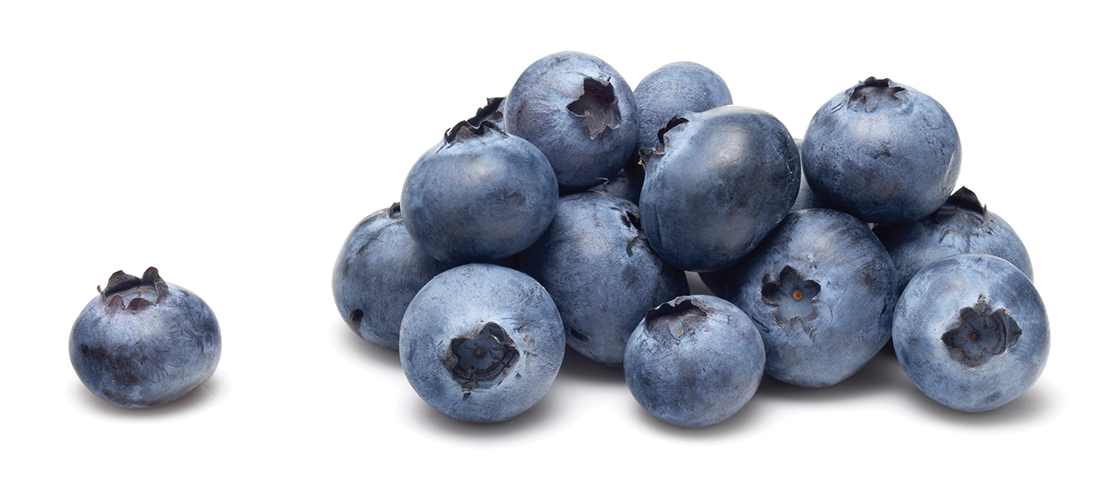
Blueberries
Blueberry juice is not blue — it’s purple. I recall making this casual discovery on a summer day in my youth when, not sure why, I smooshed a plump one into the page of one of my journals. But that isn’t the only magical quality contained within this wonder berry. They are slam-packed with antioxidant health benefits, for starters. One handful contains 10 percent of your daily-recommended vitamin C, and did you know that a single bush can produce up to 6,000 blueberries a year? That’s 153 heaping handfuls.
Among the many health benefits associated with eating blueberries (lower blood pressure, reduced risk of cancer, increased insulin response, reversal in age-related memory loss), they’re also known to brighten your skin. I’m not surprised that Native American indigenous peoples called these scrumptious berries “star fruits.”
Father’s Day lands on Sunday, June 21 — the day after official summer. Consider planting a bush in Pop’s honor. Container; moist soil; full sun. Two or more bushes are better than one. OH



